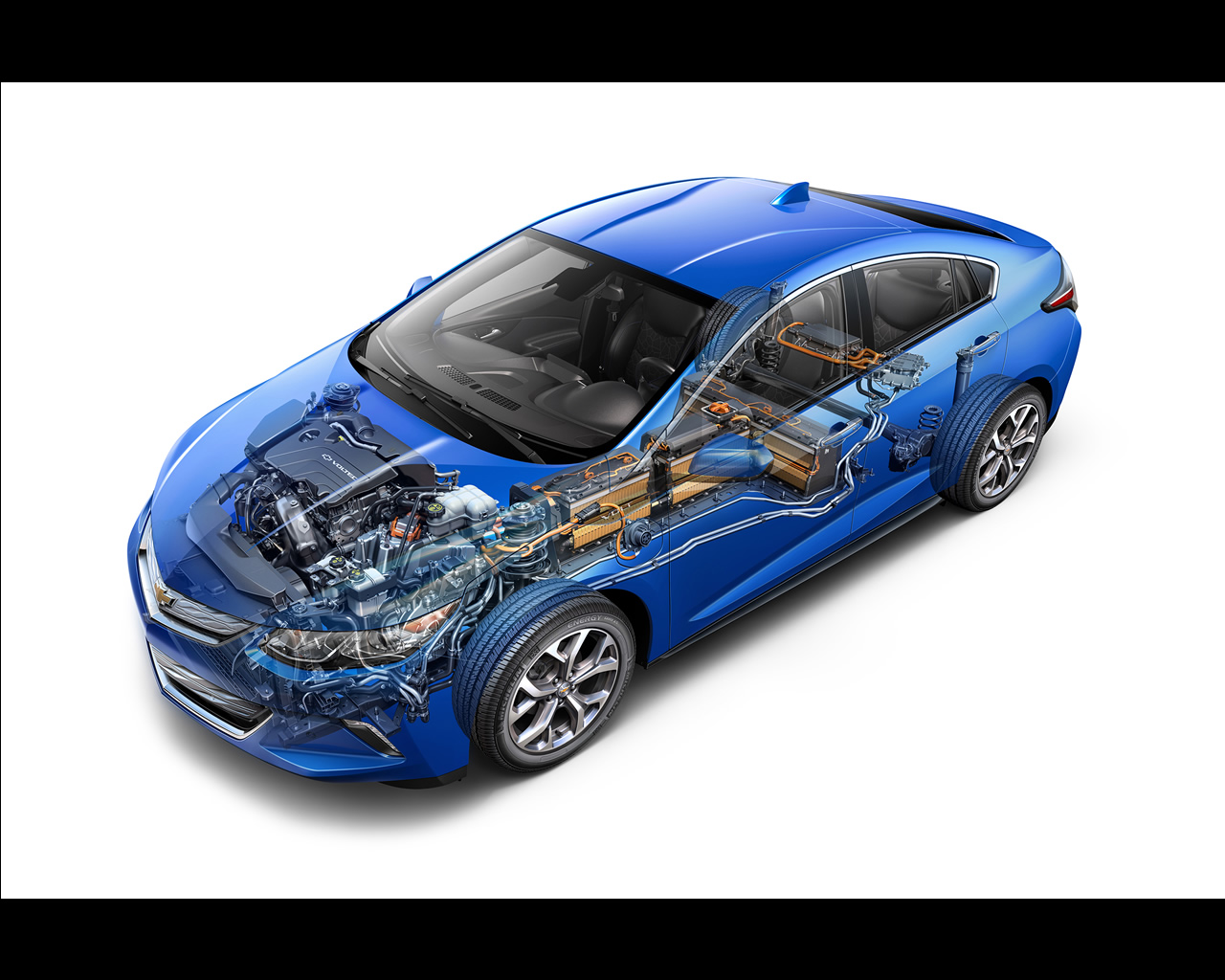

It doesn’t have any range anxiety problems and it is getting pretty close to the range of the Nissan Leaf and BMW i3 (which also has a very small REX engine). I think the new Volt is hitting new spec points that will make sense for a lot more buyers. That’s very respectable but not yet on the same level as a Prius which typically sees 50+ mpg. That, and when you went to gas – like for long trips – you’d only get around 35 miles/gallon with the range extender. The next-generation Volt’s new 1.5L range-extender, designed to use regular unleaded fuel, offers a combined EPA-estimated fuel efficiency of 42 MPG. The 2016 lowers the batteries so that a car seat or a passenger can straddle the bar which is worlds better for families. a 16kWh lithium-ion battery pack and a 1.4-liter/84-horsepower 4-cylinder range-extender. The biggest turn off for me in the old Volt was the back seat which was split in half by the battery bar. Get 2014 Chevy Volt values, consumer reviews, safety ratings, and find cars for sale near you. Today, Volt owners use battery power on 80 percent of their trips.

The typical American commute is around 48 minutes so adding those extra miles gets a lot more people home without using gas. Chevrolet expects many next-generation Volt owners will use power solely from their batteries for more than 90 percent of trips.

That’s close to 40% more than the previous Volt’s 38 miles and a big psychological jump for buyers. The results are in: the new 2016 Chevy Volt will get 53 miles of electric range on a charge of its new 18.4-kWh lithium-ion battery according to EPA numbers. That's a huge jump from the 40% efficiency that most gas engines promise.The all-new 2016 Chevrolet Volt electric car with extended range, showcasing a sleeker, sportier design that offers 50 miles of EV range, greater efficiency and stronger acceleration. Whats the difference between an electric vehicle and an electric vehicle with a range extender. Since e-Power only uses the ICE for generating electricity, Nissan cranked up the compression and leaned out the air-fuel mixture that, in conjunction with other waste-heat recovery systems, improved the engine's thermal efficiency to 50%. According to Opel, this concept is the role model for the next generation of Opel cars, and because of. Most recently, Nissan has been using this powertrain to help create a more efficient gas engine. The concept shares the same basic plug-in hybrid setup as the Chevrolet Volt and Opel Ampera, but using a turbocharged 1 L 3-cylinder natural gas-powered engine as its range extender instead of General Motors’ current 1.4 L gasoline engine. Nissan's e-Power system is also helping fuel innovation in other ways. The interior gets changed up with a floating infotainment screen and a (presumably optional) digital gauge cluster. If Europe is anything to go by, expect a revised Rogue Sport to pick up the same exterior treatment, including those sharp double-slit headlights. It does this by providing additional power to the car’s battery.
#Chevy volt range extender generator
An electric car range extender generator is a device that helps to increase the range of an electric car. The Qashqai goes by Rogue Sport in the US, and the vehicle shown here likely previews a new generation destined for the US in 2023. Range extenders for the Chevy Volt differ from electric vehicles in that they use a gasoline engine rather than an electric motor. While the Qashqai's powertrain may never make it to our shores, there's a good chance the rest of this small SUV previews something we will get. Unlike the BMW i3s range extender, which is so small that it struggles to maintain freeway speeds when the battery is completely depleted, the Volts range extender is perfectly matched to the.


 0 kommentar(er)
0 kommentar(er)
